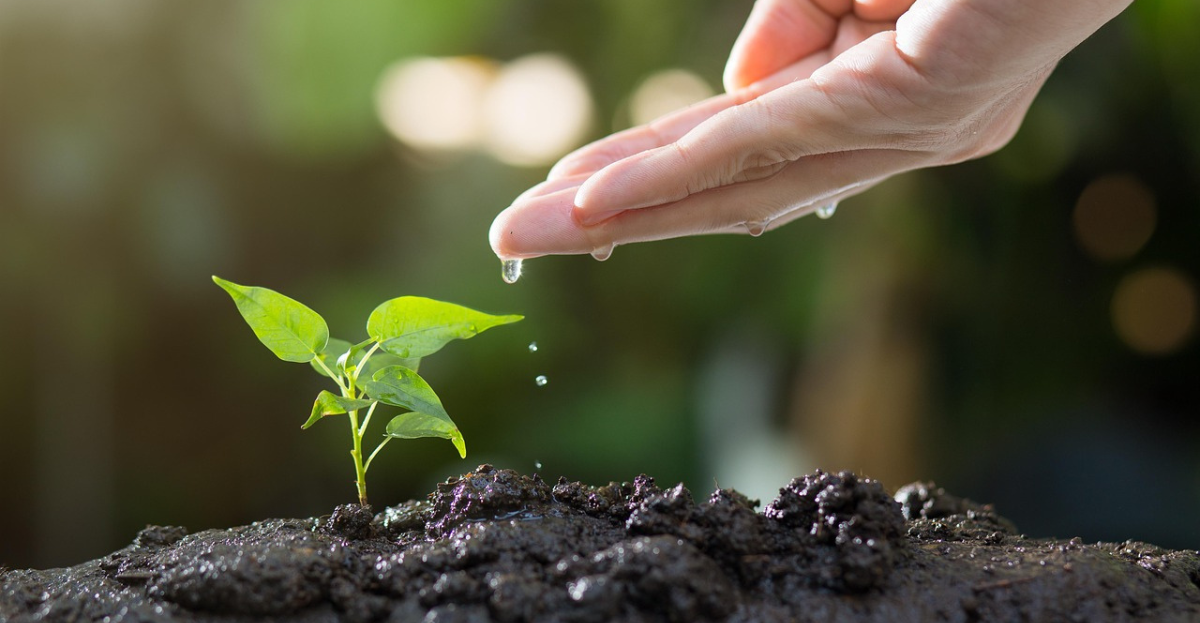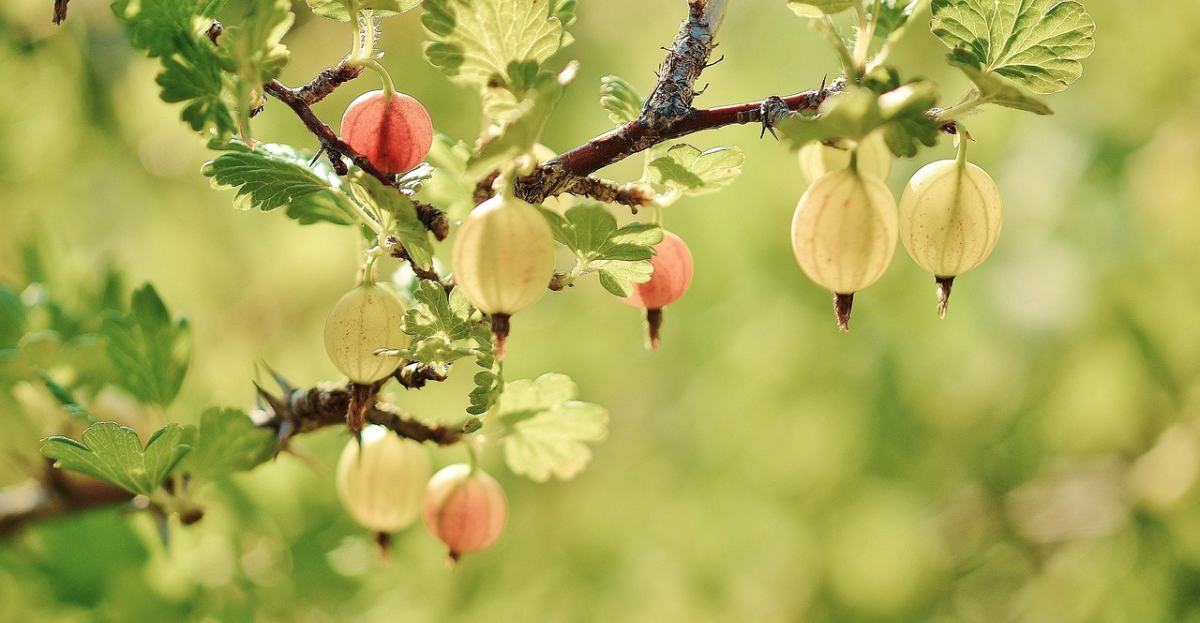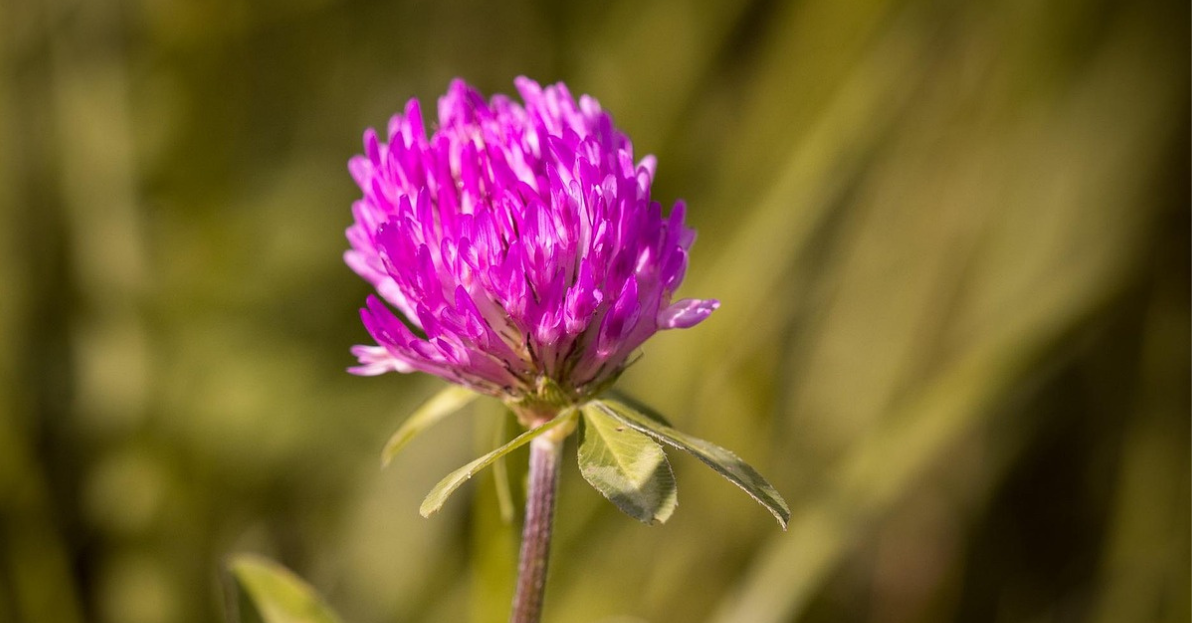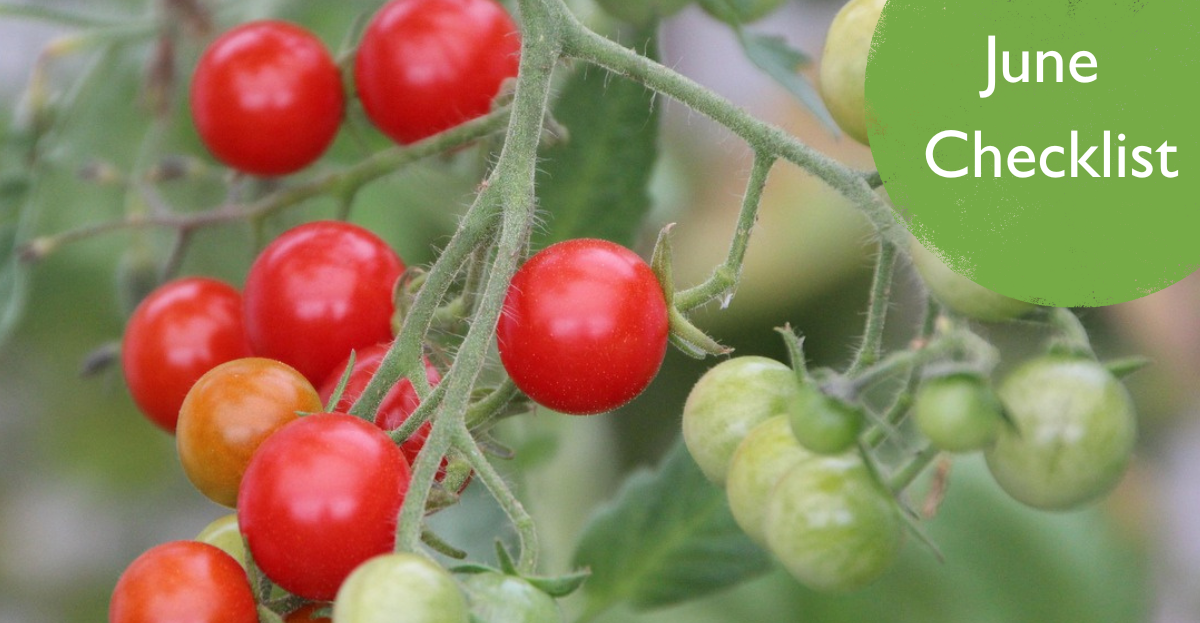Your June Gardening Checklist
June is a rewarding month for allotment gardeners. Early crops are ready to harvest, and summer planting is well underway. But with rising temperatures, pests become more active and regular upkeep is essential. Here's your June allotment checklist.
June is a rewarding time for allotment gardeners. After weeks of preparation, the fruits of your early efforts are starting to show. Early sowings are now ready for harvest, and summer planting is in full swing. But with the rise in temperatures comes the need for increased vigilance—pests are on the move, late frosts may still catch you out, and regular maintenance becomes more important than ever. Here’s your detailed allotment checklist for June.
Soil Preparation & General Maintenance
June’s longer days and warmer temperatures mean more growth—and more weeds. Keeping on top of general maintenance this month will pay dividends later.Mulch generously: Apply compost, grass clippings, leaf mould, or well-rotted manure to damp soil to retain moisture and suppress weeds. Aim for a 2-inch layer.
Hoe regularly: Not only does this keep weeds down, but breaking the soil surface helps water and nutrients reach the roots more effectively.
Watch for dry spells: Water early in the morning or late in the evening to minimise evaporation.
Keep an eye on late frosts: Especially in northern regions or exposed sites—be ready to cover tender plants if needed.

Vegetable Tasks
With the risk of frost mostly behind us, June is the time to plant out tender crops and continue sowing for succession.Plant out sweetcorn: Ensure it's well-hardened off before transplanting in blocks to aid pollination.
Outdoor tomatoes: Plant in rich, deep soil in a sunny, sheltered spot. Stake and tie in regularly.
Courgettes, marrows, pumpkins & squashes: All can be planted out now—make sure they’re well watered and spaced.
Celery: Apply the first collars to trench celery to start the blanching process. Plant out self-blanching types in blocks to encourage mutual blanching.
Continue successional sowing: Lettuce, salad leaves, radishes, spring onions, beetroot, and carrots can all be sown fortnightly.
Sow maincrop carrots, swede & turnips: These will mature into late summer and early autumn.
Finish harvesting asparagus: Stop cutting around mid-month. Feed, mulch, and water crowns through dry spells.
Support peas and beans: Stake and net as needed. Keep sowing dwarf French beans—they mature in 8–10 weeks.
Tip out broad beans: This discourages blackfly by reducing soft new growth.
Harvest early crops: Expect the first pickings of radish, spring onions, and early carrots. Early potatoes grown in containers may also be ready.
Fruit Tasks
Fruit trees and bushes are developing quickly, and some are already producing. It’s time to thin, mulch, and monitor.June drop: Apple and pear trees naturally shed excess fruit—don’t panic, it’s nature’s way of thinning for better-quality harvests.
Mulch strawberry beds: Use straw or biodegradable mulch to keep fruit clean, conserve moisture, and reduce rot.
Check gooseberries for sawfly: These pests can strip leaves quickly. Inspect regularly and act at the first sign of trouble.
Tie in new shoots: Especially for trained fruit trees—this improves airflow and helps build a strong structure.
Thin fruit on plum and apple trees: If the natural drop hasn’t thinned enough, reduce overcrowded clusters by hand to prevent branch strain and increase fruit size.

Greenhouse & Indoor Sowing
Greenhouses and polytunnels will be working overtime in June. Ventilation, watering, and plant management are all key to avoiding problems.Ventilate well: Open doors and vents during the day. Temperatures can soar quickly and damage young plants.
Dampen down: Wet greenhouse floors with a hose to reduce heat and humidity and deter red spider mite.
Water regularl : Greenhouse crops like tomatoes, cucumbers, and melons need consistent moisture. Feed with a high-potash fertiliser once flowers appear.
Tie in new growth: Train cucumbers and tomatoes to avoid overcrowding and boost airflow.
Flower Tasks
June is when ornamental borders come alive, but it’s still a working month for cut flowers and structural prep.Plant out dahlias: Stake tall varieties securely and water regularly.
Annual flowers: Harden off and plant out varieties like cosmos, larkspur, and cornflowers for a summer-long display.
Chrysanthemums: Thin to 2–3 stems and tie in to supports. For large blooms, remove side shoots and leave just the terminal bud.
Continue planting gladioli : For staggered summer colour.

Pest Control & General Allotment Maintenance
Warmth equals pest activity. Stay proactive with your monitoring and control methods.
Slugs & snails : Use beer traps, copper tape, or go on evening hunts to protect young plants.
Aphids: Spray with soapy water or use natural predators like ladybirds.
Fruit tree pests : Hang pheromone traps in apple and plum trees to reduce codling and plum moth activity.
What to Harvest
The beginning of summer means the harvest is gathering pace—here are some early crops to look out for:
Lettuce & salad leaves : Pick regularly to encourage regrowth.
Radishes & spring onions: Crisp and peppery, these are at their best young.
Early potatoes: Particularly those grown in containers or under cover—check by gently digging around the roots.
Strawberries: Sweet and juicy, pick as they ripen to avoid rot.
Beetroot & carrots: Young roots are tender and flavourful.
Rhubarb: Continue harvesting stems while still tender.
.png)

